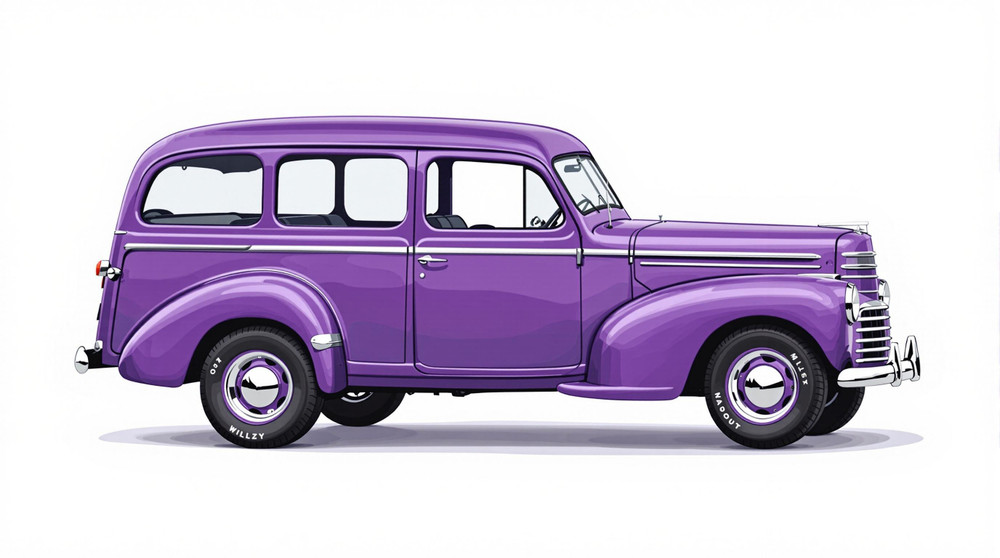Image of 1946 Willys Station Wagon, Note: These illustrations use artistic license and may differ from actual historical models.
Performance Metrics
Fundamental Metrics
Emotional Appeal
MMP Rating
| Engine Specifications | |
|---|---|
| Engine: | L-134 "Go Devil" I4 |
| Displacement: | 134.2 cu in (2.2 L) |
| Horsepower: | 60 hp |
| Torque: | 105 lb-ft |
| Compression Ratio: | 6.48:1 |
| Ignition System: | 6-volt electrical system |
| Cooling System: | Liquid-cooled |
| Performance Specifications | |
| 0-60 Time: | Estimated 20-30 seconds |
| 1/4 Mile Time: | Not available |
| Top Speed: | 65 mph |
| Transmission and Drive | |
| Drive Type: | Rear-wheel drive (4x4 optional) |
| Transmission Type: | 3-speed manual |
| Fuel and Efficiency | |
| Fuel System Type: | Carburetor |
| MPG: | Estimated 15-20 mpg |
| Dimensions and Brakes | |
| Brakes: | Drum brakes |
| Wheelbase: | 104.5 in |
| Weight: | 2,900 lbs |
Note: Specifications for classic cars are given to the best of our ability, considering the limited and variant data available.
Introduction
The 1946 Willys Station Wagon stands as a testament to ingenuity and resilience in the wake of World War II. As the first all-steel station wagon designed for the general public, it marked a significant departure from the wood-framed wagons of its era. Built by Willys-Overland Motors, a company that had made its name through the production of military Jeeps, this vehicle was poised to address the burgeoning needs of post-war America. Notably, it was among the first to offer four-wheel drive to a civilian market, setting the stage for future SUVs.
Design and Innovation
The exterior of the 1946 Willys Station Wagon exuded strength and simplicity, with its flat panels and utilitarian lines. It was a design born out of necessity, with an emphasis on durability and ease of manufacture. Inside, passengers were greeted with a spartan yet functional interior, where metal surfaces were predominant, and comfort was secondary to utility. The materials used were robust, chosen for their longevity rather than luxury.
For its time, the Willys Station Wagon was technologically advanced with its all-steel body construction which was a rarity. Color options ranged from muted earth tones to more vibrant hues, reflecting the optimism of the era. The most iconic body style featured paneled sides that mimicked the look of wood without its susceptibility to rot or decay.
Historical Significance
This vehicle's impact on automotive design cannot be overstated; it effectively bridged the gap between commercial utility vehicles and passenger automobiles. It set itself apart with its rugged build and versatility, influencing the design of future generations of SUVs and crossovers.
Performance and Handling
The 1946 Willys Station Wagon wasn't built for speed; it was built to endure. With modest performance figures, top speed was not its selling point—rather it was reliability and capability. Handling was straightforward and honest; drivers could feel every contour of the road beneath them. The driving experience was visceral: from the distinctive hum of its engine to the firmness of its ride.
Ownership Experience
Owners used their Willys Wagons for everything from daily chores to cross-country adventures. Maintenance was relatively straightforward, making it an accessible choice for many Americans. Its reliability became legendary among those who valued function over form.
Fun Facts
The 1946 Willys Station Wagon has been owned by celebrities and featured in films, adding to its allure. While not known for breaking speed records, it has held records in endurance and sales within its category.
Collector's Information
Today, collectors might find a well-preserved 1946 Willys Station Wagon valued in a wide range depending on condition, originality, and historical significance. Estimates suggest that tens of thousands were produced during its run. As for value trends, well-maintained models have seen appreciation due to their iconic status and historical importance.
Conclusion
The 1946 Willys Station Wagon is more than just a car; it's a piece of American history that helped shape the automotive landscape. Its legacy is evident in every SUV that traverses our roads today—a true pioneer in an era that redefined what vehicles could be.
1946 Willys Station Wagon Catalog of Parts
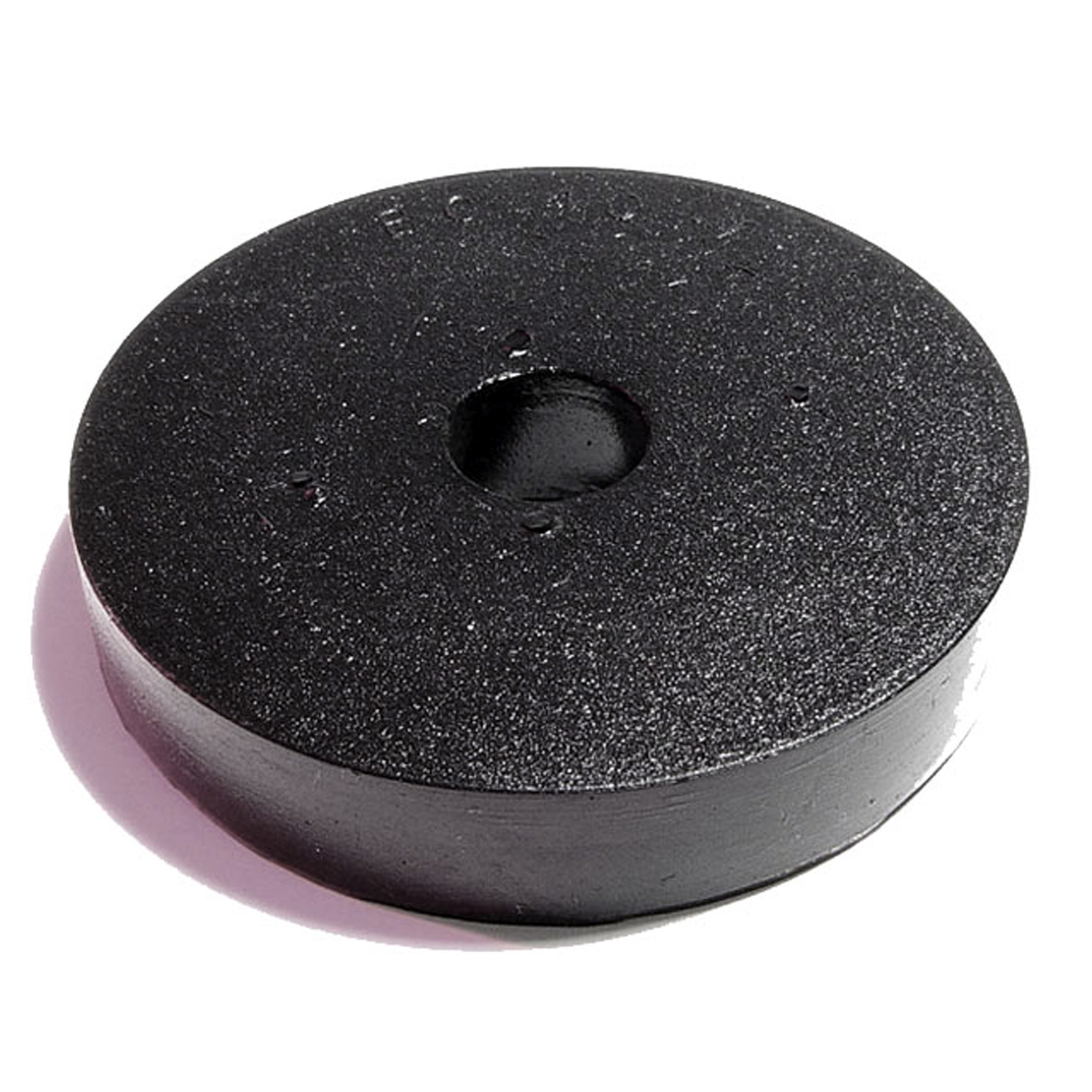 1946 Willys Station Wagon Body Mount Cushion. 1-15/16" O.D., 3/8" I.D., 3/8" Thick-BC 40-ABody Mount Cushion. 1-15/16" O.D., 3/8" I.D., 3/8" Thick. Each
1946 Willys Station Wagon Body Mount Cushion. 1-15/16" O.D., 3/8" I.D., 3/8" Thick-BC 40-ABody Mount Cushion. 1-15/16" O.D., 3/8" I.D., 3/8" Thick. Each 1946 Willys Station Wagon Front and Rear Bumper Arm Grommets-BG 62Front and Rear Bumper Arm Grommets. 3-1/8" wide X 3-7/8" long, with 1-3/8" long inner slot. Pair
1946 Willys Station Wagon Front and Rear Bumper Arm Grommets-BG 62Front and Rear Bumper Arm Grommets. 3-1/8" wide X 3-7/8" long, with 1-3/8" long inner slot. Pair 1946 Willys Station Wagon Center Division Bar Seal. 20" piece, to be cut to length-DP 40Center Division Bar Seal. 20" piece, to be cut to length. Each
1946 Willys Station Wagon Center Division Bar Seal. 20" piece, to be cut to length-DP 40Center Division Bar Seal. 20" piece, to be cut to length. Each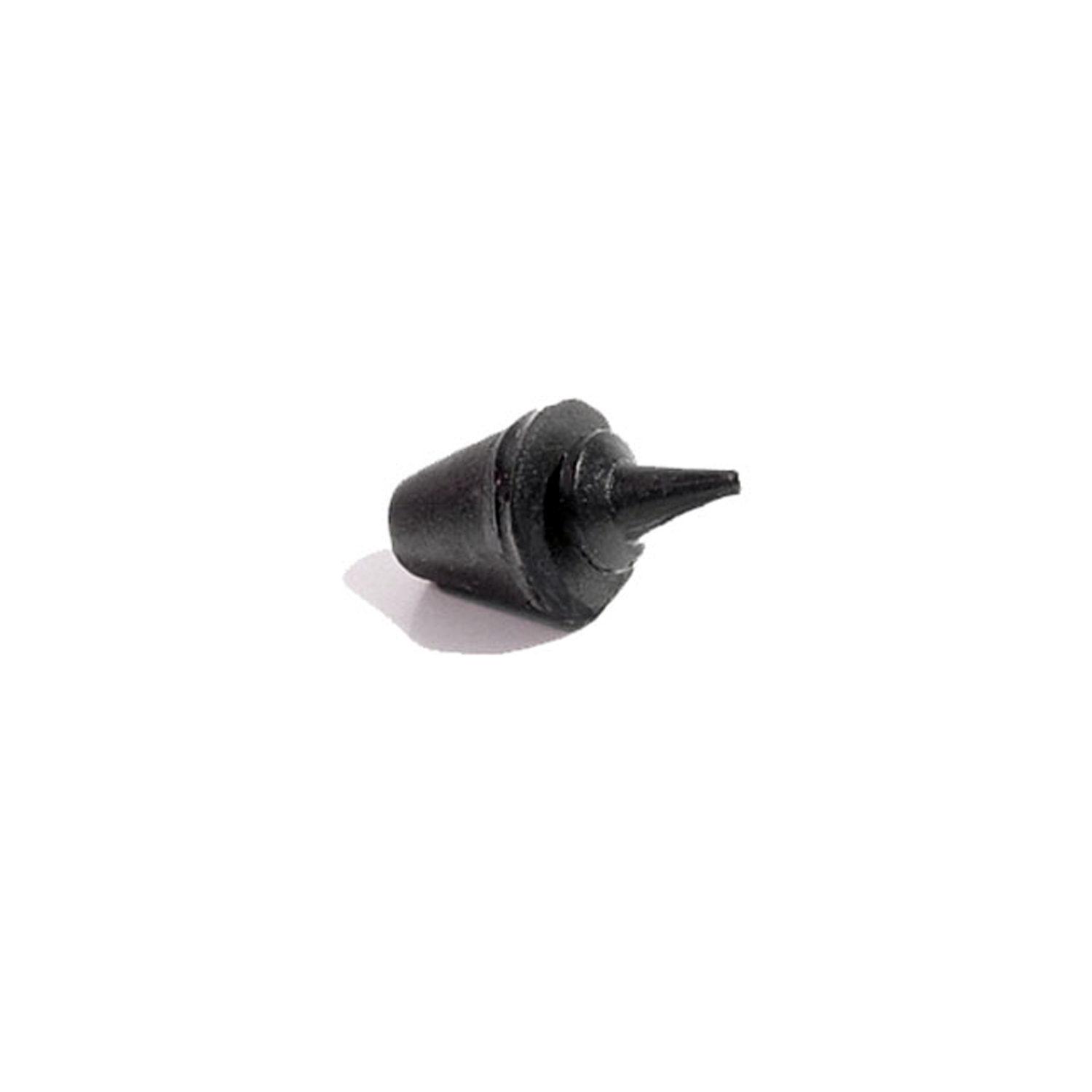 1946 Willys Station Wagon Glove Box Bumper. Each-SB 83Glove Box Bumper. Each
1946 Willys Station Wagon Glove Box Bumper. Each-SB 83Glove Box Bumper. Each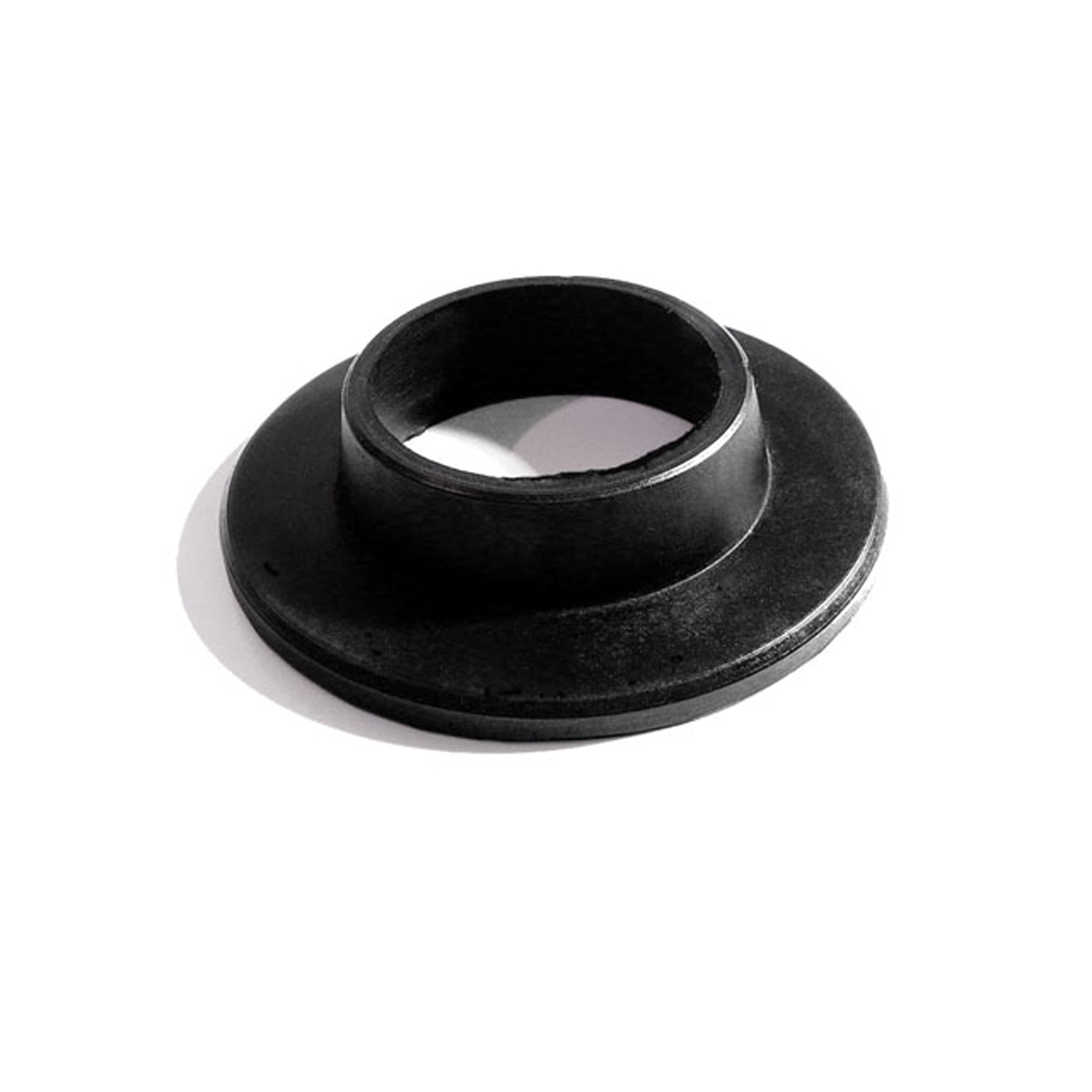 1946 Willys Station Wagon Steering Column Grommet-SC 13Steering Column Grommet. For 4-Wheel Drive Station Wagon Only. Each
1946 Willys Station Wagon Steering Column Grommet-SC 13Steering Column Grommet. For 4-Wheel Drive Station Wagon Only. Each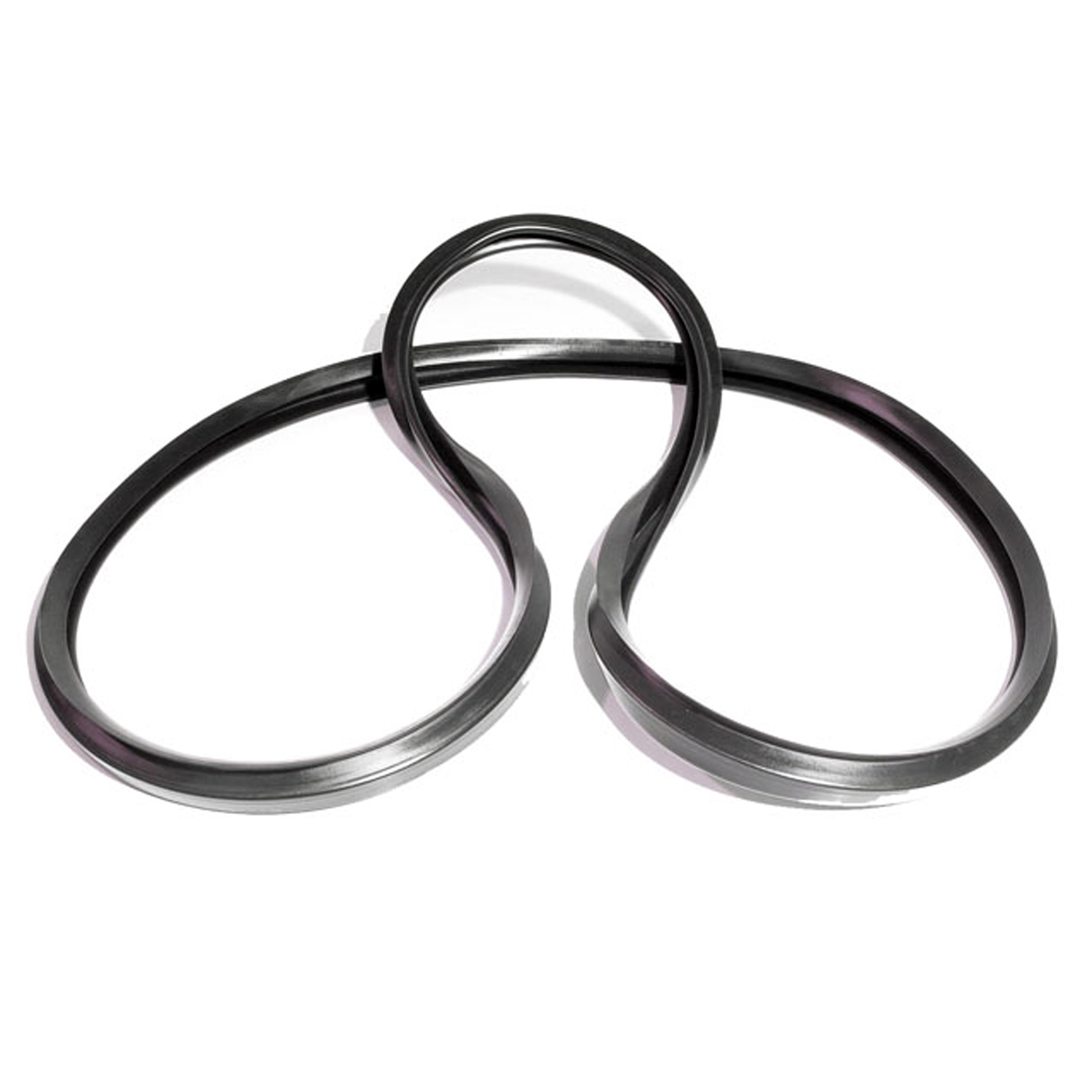 1946 Willys Station Wagon Vulcanized Side Front-Rear Sliding Window Seal-VQT 9600Vulcanized Side Front-Rear Sliding Window Seal. Made into one piece for easy installation. Order 2 to do both sides. Replaces OEM #671419. Each
1946 Willys Station Wagon Vulcanized Side Front-Rear Sliding Window Seal-VQT 9600Vulcanized Side Front-Rear Sliding Window Seal. Made into one piece for easy installation. Order 2 to do both sides. Replaces OEM #671419. Each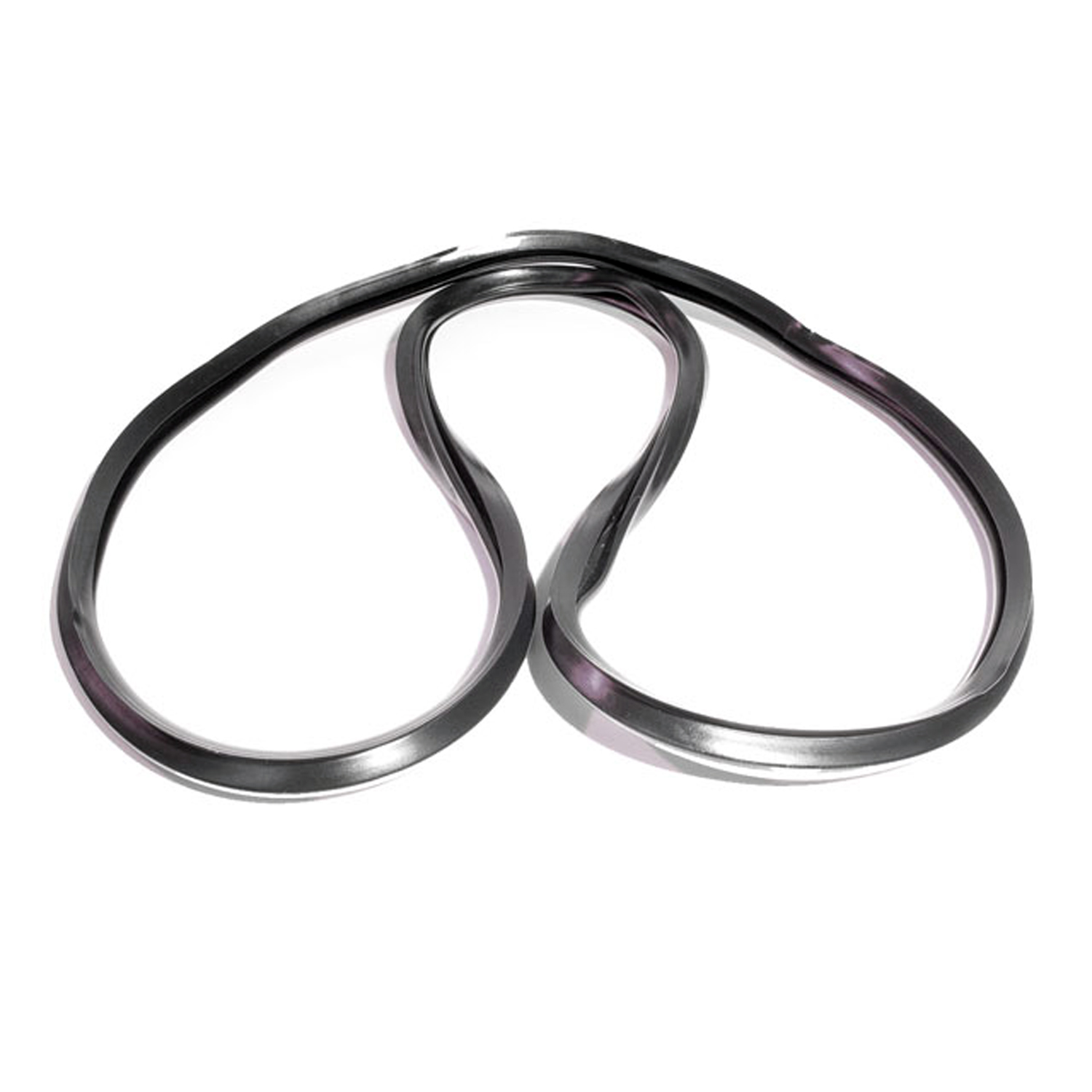 1946 Willys Station Wagon Vulcanized Side Rear-Rear Sliding Window Seal-VQT 9601Vulcanized Side Rear-Rear Sliding Window Seal. Made into one piece for easy installation. Order 2 to do both sides. Replaces OEM #664257. Each
1946 Willys Station Wagon Vulcanized Side Rear-Rear Sliding Window Seal-VQT 9601Vulcanized Side Rear-Rear Sliding Window Seal. Made into one piece for easy installation. Order 2 to do both sides. Replaces OEM #664257. EachWhy Choose Metro?
For over 100 years, Metro Moulded Parts has been the pinnacle of quality in classic car restoration parts. Our commitment to precision and authenticity in every component ensures a perfect fit and an OEM-level appearance.
- Expert Craftsmanship & Quality: Each part is a testament to our dedication to reliability and perfection, crafted from original designs and thoroughly tested.
- Advanced Technology: We use cutting-edge techniques to create flawless, long-lasting parts that surpass others in performance.
- SuperSoft Sponge – The Ultimate Door Seal: Not only are our door seals 30% softer than competitors', but they're also guaranteed to never leak. They effectively reduce wind and road noise, enhancing your classic car's comfort and driving experience.
- Proudly American: Our parts are a product of American craftsmanship, made in the USA with a spirit of excellence and heritage.
- Unrivaled Warranty: We back our products with a 30-year industry-leading warranty, a testament to our confidence in their quality.
Join us in preserving the legacy of classic cars with parts that are crafted for perfection, not just made.

